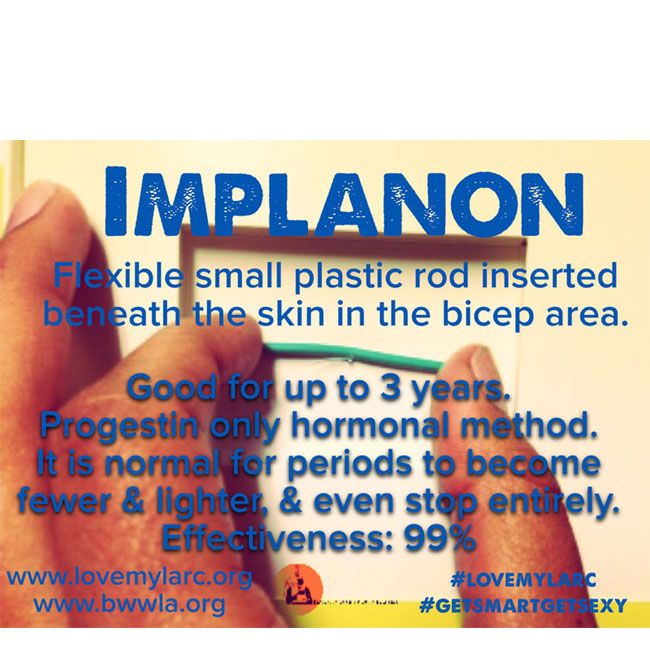Rosa Parks Day! More than just a story!
by James Horton on December 1 As the story has been told, sixty-one years ago today, a Thursday, Rosa Parks, a tailor’s assistant at the Montgomery department store, left work in the late, cold evening, to catch the bus home....
Read More




